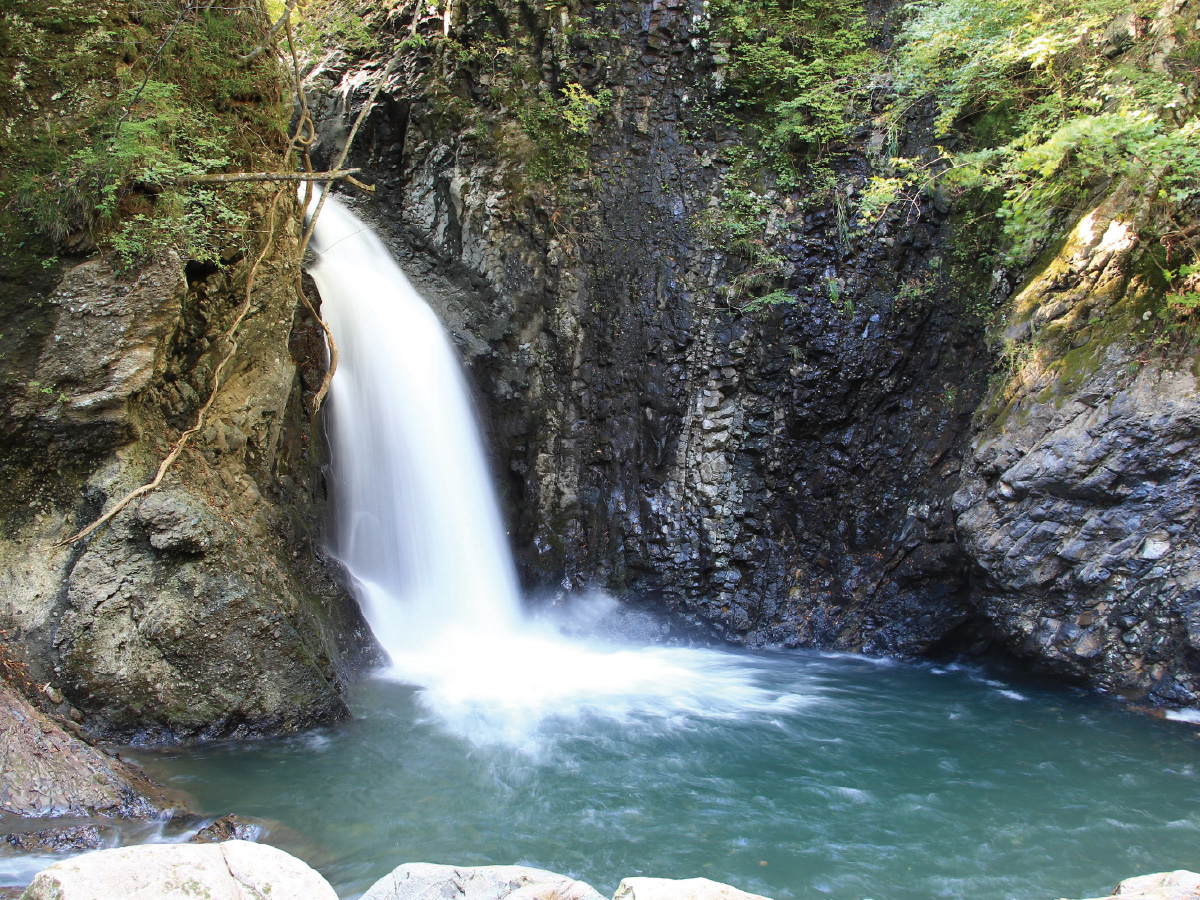
The Ideal Terroir for
Samurai-Style Sake
Twenty-seven kilometers northwest of Sendai, at the foot of Mount Izumigatake, lies the picturesque region of NenoShiroishi. For over 800 years, this land has cultivated premium rice using the purest ichiban-mizu ― the very first run-off from mountain streams. It was here that Daté Masamune, the one-eyed dragon, the founder of the Sendai Domain and famed dandy among Sengoku warlords, often came for river hunting.
For brewing, Katsuyama draws water from 80 meters beneath Mount Izumigatake’s aquifer ― a soft water rich in silica with a mineral composition ideal for fermentation. By great fortune, this water perfectly matches the raison d’être of Katsuyama’s “Samurai-Style” profile.
